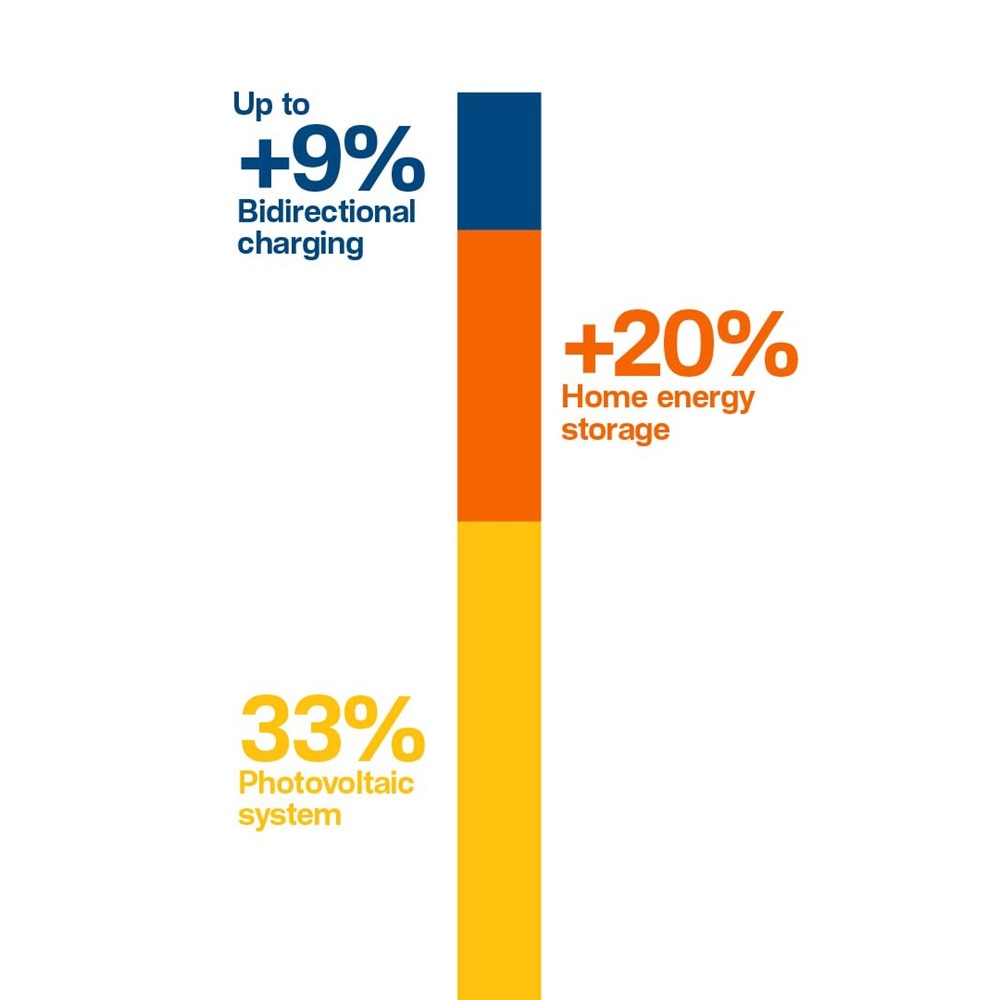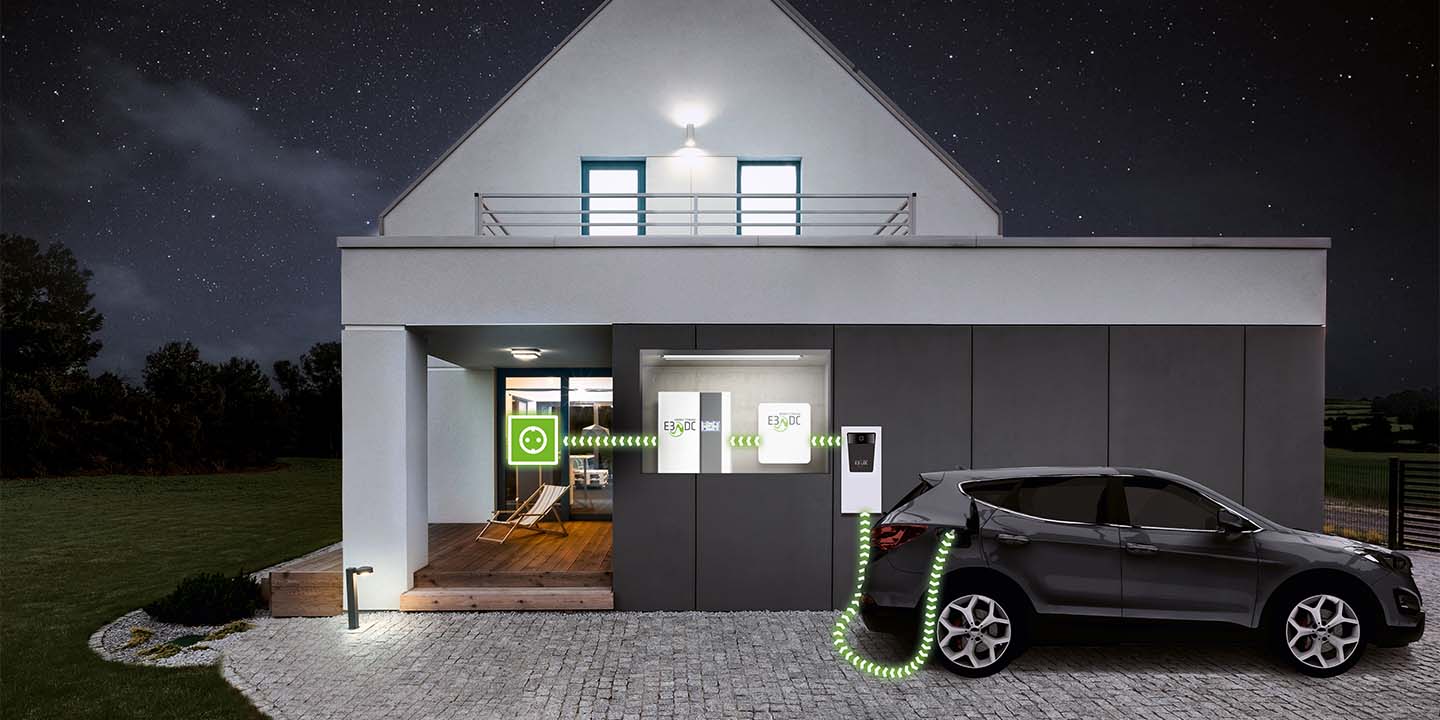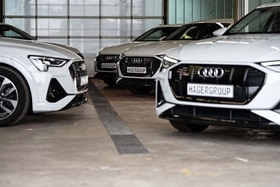Bidirectional charging tested in everyday life: Hager Group field study provides insights for the energy system of the future
03. November 2025
Two years, ten households, around 10 terabytes of data: In a long-term field study, Hager Group together with Audi demonstrated how bidirectional charging works in practice – and how it can contribute to self-sufficiency and a sustainable energy supply.
In a field test, the Hager Group team was able to demonstrate that bidirectional charging offers measurable advantages and opens up new approaches to grid stability and the integration of renewable energies.
If households also use bidirectional charging with the vehicle battery of an Audi e-tron, the share increases further by up to 9 per cent

One of the most efficient features developed by Hager Group proved to be the so-called “shift mode,” in which the energy was first transferred into the stationary home storage unit before being consumed. The discharge processes, which run at a constant 4.5 kilowatts, protect the vehicle battery and electronics so as not to impair the battery's longevity.
Seasonal differences were also apparent: bidirectional charging in vehicle-to-home (V2H) applications delivered the most benefit during the transitional months in spring and autumn. For example, to supply the additional electricity demand of a heat pump during that period.
Another important finding was the analysis of user behavior. On average, participants connected their vehicles at home on 60 percent of the days, most often when expecting high solar yields. Adjusted plugging-in behavior is necessary, as bidirectional charging is most beneficial when vehicles are regularly connected to the home wallbox. The home energy management system then decides where the PV energy is best used in the building.
“Bidirectional charging is a key technology for the energy transition. Our field study has shown that it provides real benefits for households and the energy system. At the same time, we learned how crucial user behavior, ease of use, and intelligent algorithms are for success,” says Ulrich Reiner from the Hager Group’s Innovation Department.
More than 7,000 kilowatt hours were transferred from vehicle batteries back into homes or storage units – the equivalent of two years of electricity consumption for a single-family home or approximately 30,000 kilometers of driving range in an Audi e-tron. In total, around 10 terabytes of data were collected, including charging profiles, energy flows, and user behavior.
The insights gained from the field test are now continuously feeding into the further development of the technology. In 2024, the Hager Group brand E3/DC launched the first TÜV-certified combined solution for bidirectional charging on the German-speaking market. New V2X product offerings are expected to be launched next year. The next steps have been prepared to broaden the technology's reach and further establish its contribution to the energy transition.




